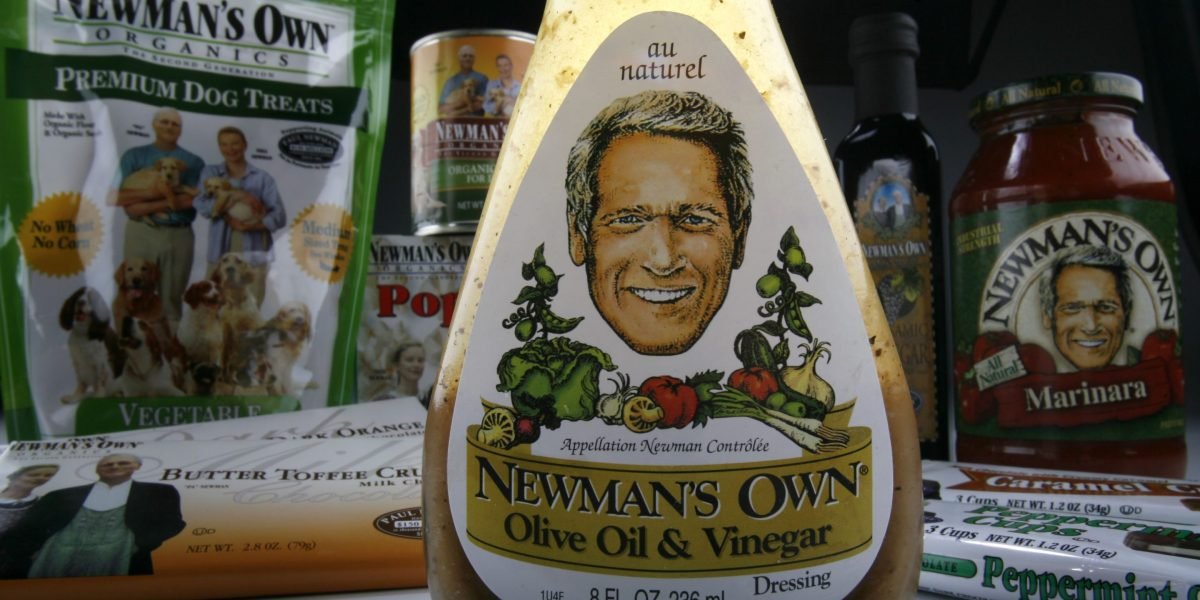
Newman’s Own and Novo Nordisk Fund Program for Generation Z Native Americans Fighting Tribal Food Insecurity
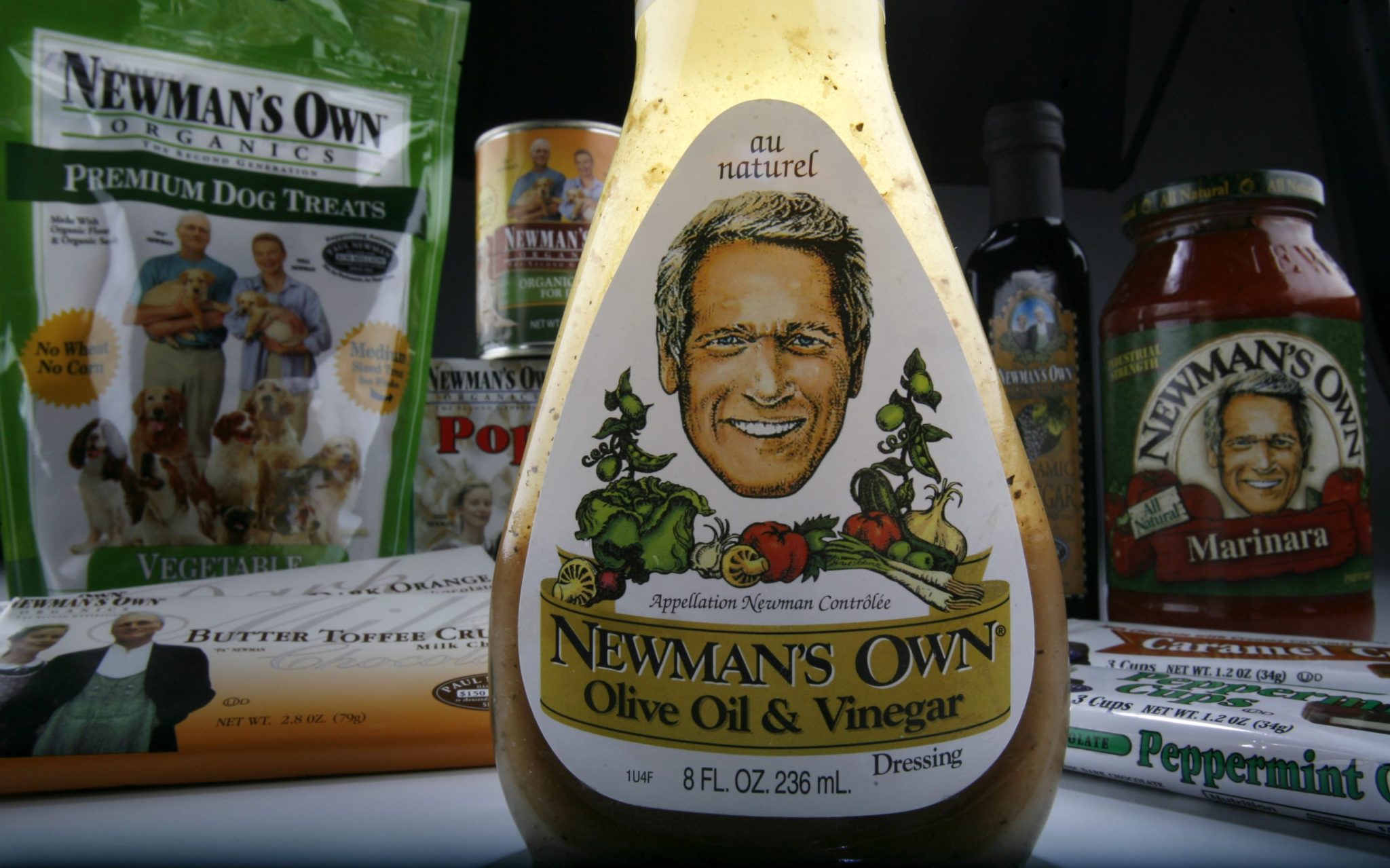
Armed with hundreds of thousands of dollars of… Newman Private Foundation And the Ozmic creator Novo NordiskNative American youth are leading the fight against persistently high rates of food insecurity in tribal communities.
In a rare example of beneficiary community agency, 21 emerging Indigenous leaders recently established selection criteria, evaluated applicants and selected two dozen finalists to split a $720,000 pool. Organized by Native Americans in Philanthropy, the participants, ages 16 to 24, said the comprehensive process reflects Indian Country values of self-determination and building intergenerational relationships that more donors should embrace.
“Funders can listen to Native youth to see where they should direct resources,” said Savannah Baber, 28, director of the Native American Philanthropy Program.
The resulting Indigenous Tomorrow Fund has been successful enough that organizers want to increase next year’s fund pool to $1 million. Native Americans in Philanthropy – A coalition of donors, tribal leaders and other advocates Increase philanthropic support for indigenous organizations – I received half of this funding. They are still looking for partners to commit the other $500,000.
The pilot program was somewhat unusual for a grant initiative. Although shifts towards Charitable work based on trust Defend her Mackenzie Scott and others that remove restrictions on how donations can be used, as wealthy funders generally dictate the terms of their donations. It is still uncommon for communities receiving donations to be directly involved behind the scenes, let alone hand over the reins almost completely. It is particularly unusual for young people to take on responsibilities beyond, for example, sitting at the table or playing a purely “advisory” role.
However, more participatory approaches are gaining popularity across the sector. Phil Buchanan, president of the Center for Effective Philanthropy, said there was a growing sensitivity to “top-down philanthropy.” But his sense is that funders rarely cede decision-making power to others.
“There is a recognition that many charitable mistakes are made when answers to problems faced by others are prepared by consultants in conference rooms, rather than being informed by those who are actually seeking to help,” Buchanan said.
The Fund’s focus on food insecurity therefore made sense for Native Americans in philanthropy, given the acute impact of the issue on Indigenous communities, where settler colonialism forced them to take refuge on unfamiliar reservations and reduced their ability to follow traditional food practices that had sustained them for generations.
While rates have declined, recent USDA surveys indicate that American Indian/Alaska Native households still lack access to adequate food at twice the level of white residents. Obesity in children is high. Healthy, affordable groceries are hard to come by in rural food deserts.
Recipients of the $30,000 grants are addressing these issues in several ways. There is a multigenerational group of women in Shinnecock, New York, who grow kelp to clean up the bay. Or a community center in Arizona that grows culturally significant crops like giant Apache pumpkins, distributes fresh produce, and trains youth in hands-on land management.
The little giving philanthropy does to Native American-led organizations means there is little private money for such efforts. Less than 0.5% of funding from large U.S. foundations goes to Native American nonprofits, according to a 2019 report. a report By Frank and Native Americans in Philanthropy.
Native Americans in philanthropy were already working to reverse this trend. The group hosts an Indigenous Youth Donor Program that teaches Indigenous youth about the philanthropic sector. Newman’s private foundation offered to take this learning one step further by giving them the opportunity to manage an entire fund themselves.
Funders identified issue areas related to food sovereignty and health. Because the Newman Foundation supports child nutrition efforts broadly, Baber said the foundation wants the perspectives of Indigenous youth on promoting food justice. They brought Novo Nordisk On board with wellness.
Donors started independently from there. But this independence did not mean that they were completely alone. Occasionally, younger philanthropy professionals, elders, NAP staff, and funders’ program officers would join the meetings. But their presence stimulated the conversation and never dominated it, according to the younger participants.
Participants said it was not their accomplished resume or community involvement that prepared them to join a grantmaking team. It was something innate that many philanthropy giants don’t have: the fact that they came directly from local communities.
They were encouraged by their peers’ interest in restoring land management practices and ensuring their access to future generations. Jackie Blackbird, Indigenous communities officer at the private Newman Foundation, said the scale of the proposals highlighted interest; This inaugural course received over 400 applications.
Whether projects are promoting Indigenous languages to better understand their food cultures or sustainably caring for local ecosystems, grant reviewers have found consistency in their peers’ embrace of past cultural knowledge to solve today’s problems. They felt that the project allowed them to continue the legacy of their ancestors who had passed down traditions while keeping future generations first.
“Indigenous youth are reconnecting with their culture and healing more and more,” Blackbird said. “Projects like the Tomorrow Indigenous Fund also help them build that confidence and learn more about the challenges communities face.”
___
Associated Press coverage of philanthropy and nonprofits receives support through an AP collaboration with The Conversation US, with funding from the Lilly Endowment Inc. The AP is solely responsible for this content. For all of AP’s philanthropy coverage, visit https://apnews.com/hub/philanthropy.

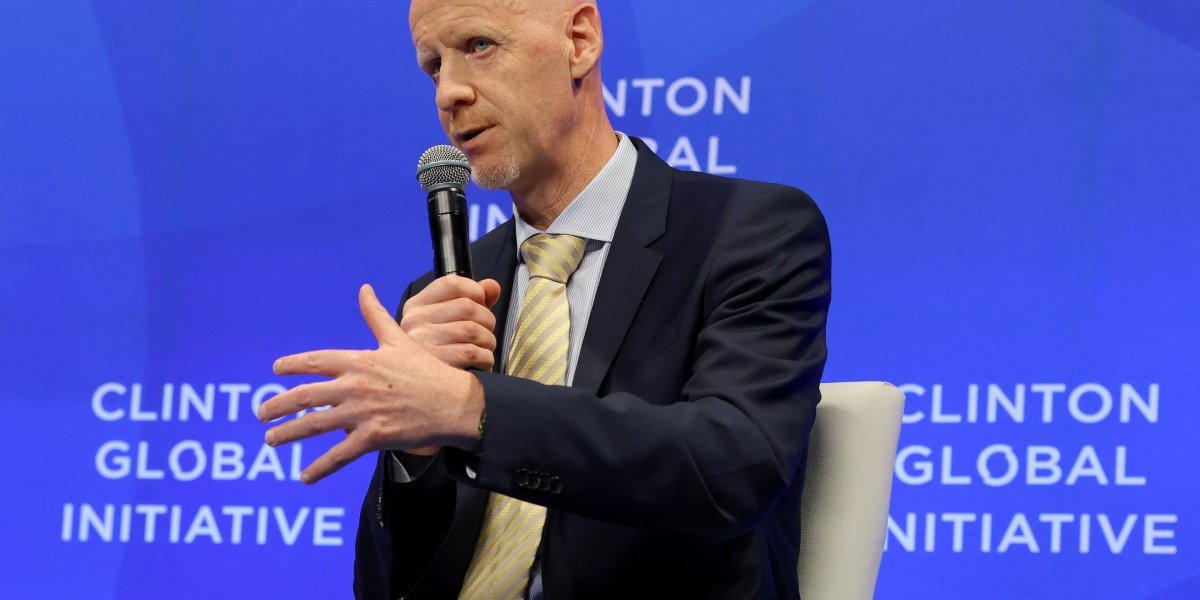
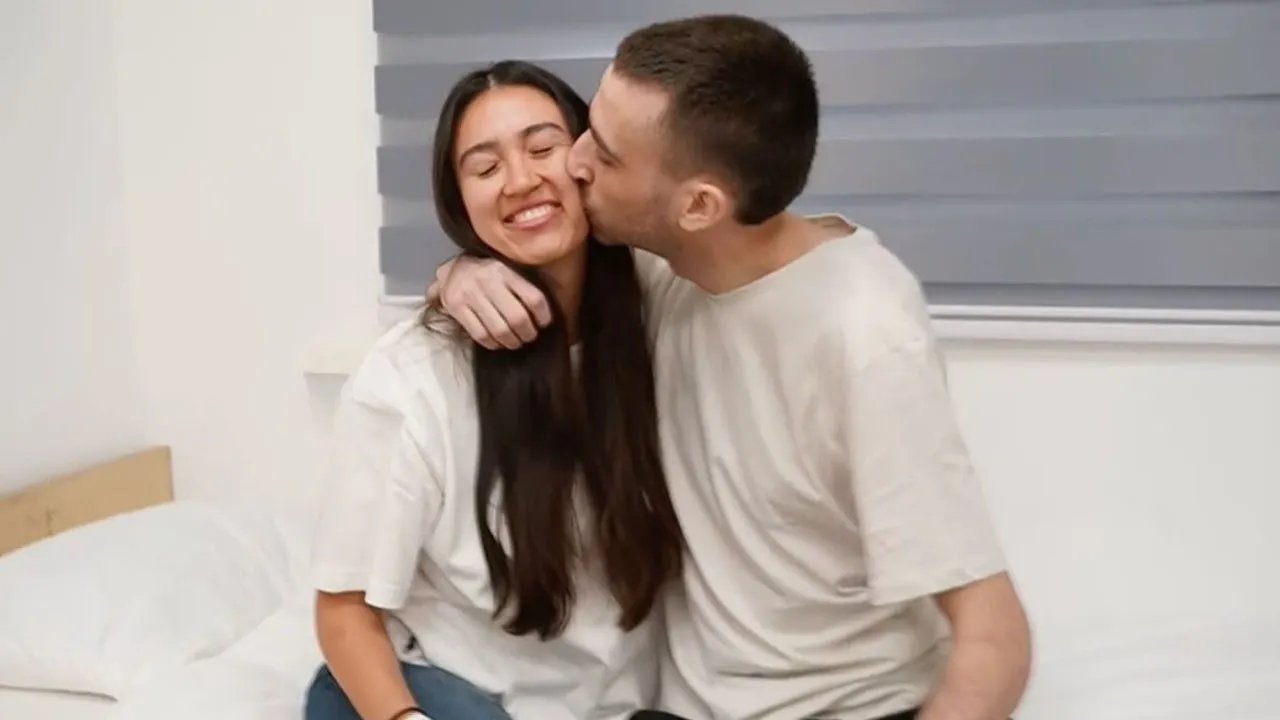




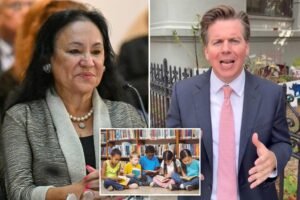

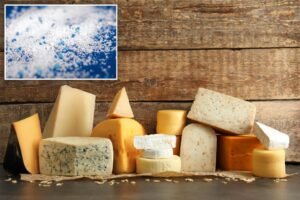



Post Comment